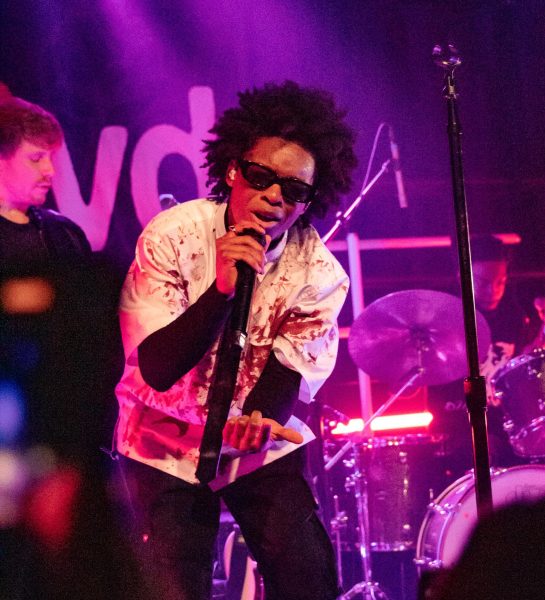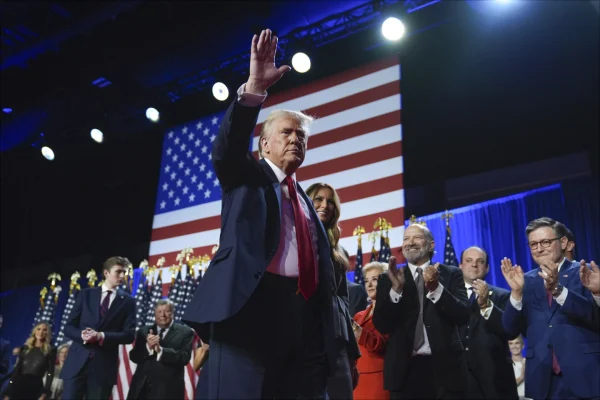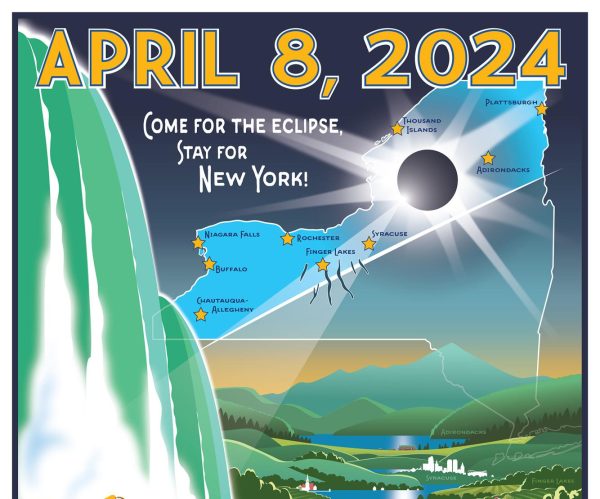An End in Sight? A Look Into the Coronavirus Vaccine
Photo Credit: Google photos
The Coronavirus has been a global pandemic for some time. Shutting down our school district in March, forcing people into lockdowns, making many people lose their jobs, and resulting in an explosion of the use of services like Zoom and Google Meet. Thankfully, there is an end in sight. There are currently seven vaccines approved for early or limited use, of which Moderna and Pfizer appear the most promising.
These vaccines make use of mRNA to edit your DNA to make you immune to the virus. This gene-editing process is called CRISPR and has shown to be very effective with over a 90% success rate in trials. However, some people are worried that the government will use these vaccines to track you or cause autism.
Both of those statements are false. The government doesn’t need to track you with a vaccine; they have your phone for that. Also, the claim that vaccines cause autism were by a discredited doctor with misrepresented data. People are also worried about the safety of the vaccines due to the speed at which they have been developed. These vaccines were developed this fast because they had relatively no roadblocks. Vaccines typically have long wait periods to obtain clearance for human trials and release mandated by government officials. Governments have streamlined the permits required to begin those tests due to the nature of this disease so that vaccines can move to testing faster.
The vaccines are also not rushed, as some claim. After all, every year, we have a flu vaccine made for that year’s flu. Why wouldn’t we be able to do it with COVID-19? Other great limiters of vaccines are money and researchers, neither of which are hard to find for this disease. The COVID-19 vaccine is here. Right now, the biggest concern for the federal government is logistics, not research. We are more likely to be kept waiting due to the volume of vaccines needed rather than the development of said vaccines.
Recently, both the Pfizer and Moderna vaccines are beginning to be distributed to first responders and the oldest in our population. In New York and neighboring states, teachers are also able to get the vaccine. The current distribution plan is designed to take the burden off hospitals by going to those at the greatest risk for hospitalization first. So starting with the oldest and ending with the youngest. Many of you reading this are most likely to receive the vaccine in late spring-early summer while your grandparents are probably getting it in the coming weeks. Soon, we will all be vaccinated against this pandemic and hopefully begin a return to normalcy.
Your donation will promote student journalism at Hen Hud.
Eoin Clarke is a Senior at Hendrick Hudson High School. Eoin rows for Cortland Community Rowing Association he is also a member of the school cross country...







